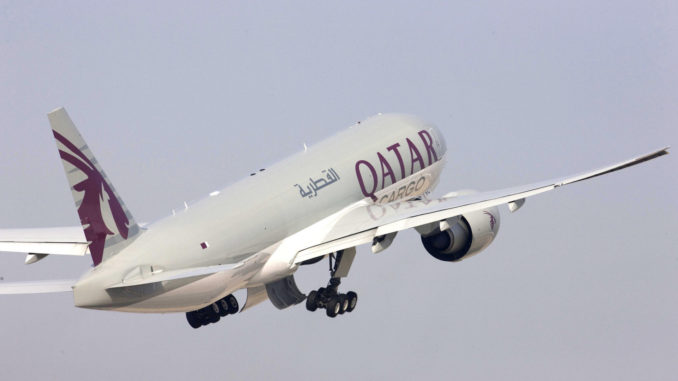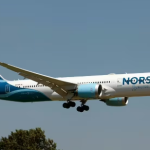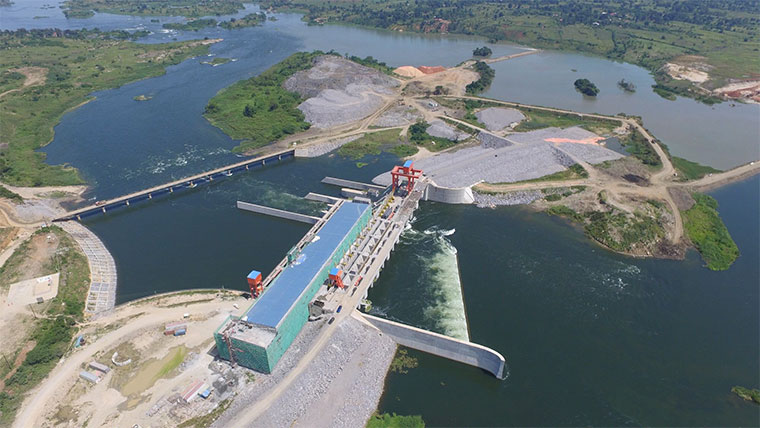(Seattle) – Boeing’s latest World Air Cargo Forecast 2024 predicts a doubling of global air cargo traffic by 2043, driven by e-commerce growth and expanding economies in emerging markets. The report highlights a significant transformation in the air freight industry, propelled by an annual growth rate of 4.2% over the next two decades.
The forecast emphasizes the pivotal role of emerging markets in this growth. Regions like Asia, Latin America, and Africa are expected to dominate air cargo expansion, fueled by rising middle class populations, industrialization, and surging consumer demand. The report underscores how these markets will reshape global trade routes and strengthen air freight’s position in the supply chain.
The acceleration of e-commerce, a trend amplified during the pandemic, is projected to be a major driver. Express carrier traffic tied to online shopping is expected to triple within the forecast period, reflecting growing consumer expectations for faster and more efficient deliveries. This shift underscores a structural evolution in trade logistics, with speed and reliability becoming key competitive factors.
| Key Insights from Boeing’s Forecast |
|---|
| Global Cargo Growth Rate |
| Freighter Fleet Expansion |
| Emerging Markets Focus |
| E-Commerce Impact |
| Technological Priorities |
To accommodate rising demand, the global freighter fleet is forecast to grow by 66%, with nearly half replacing older aircraft and the remainder meeting new demand. The Asia-Pacific region will see the largest growth, with its freighter fleet expected to triple by 2043, reflecting its increasing role in global manufacturing and logistics.
Technological advancements in sustainability and efficiency will also shape the future fleet. Boeing anticipates the adoption of fuel efficient aircraft and environmentally friendly practices, aligning with global carbon reduction initiatives. The report emphasizes investments in sustainable aviation fuels (SAFs) and advanced cargo technologies to meet these challenges.
The air cargo industry’s resilience has been a key takeaway from the pandemic. While the early stages of the crisis disrupted operations, the sector quickly adapted, playing a crucial role in transporting medical supplies and supporting surging e-commerce demands. This adaptability has reinforced air freight’s importance in maintaining global supply chains.
Looking forward, the industry is expected to focus on high value and time sensitive goods such as pharmaceuticals, electronics, and perishables. However, challenges like geopolitical tensions, fluctuating fuel costs, and stricter environmental regulations could influence growth patterns.
These obstacles also present opportunities for innovation. The integration of digital technologies, development of SAFs, and investments in cargo handling systems are set to enhance efficiency while reducing the environmental footprint of air freight operations.
The projected expansion will require airlines to invest heavily in freighter fleets, while airports and logistics providers may need to upgrade infrastructure and operations to handle increased cargo volumes. Sustainable practices will likely guide future strategies, influencing aircraft design and overall supply chain management.




















